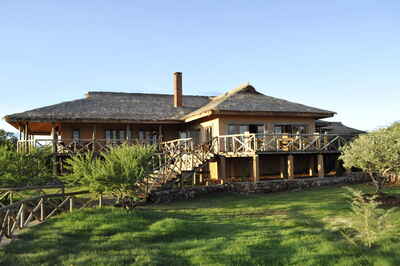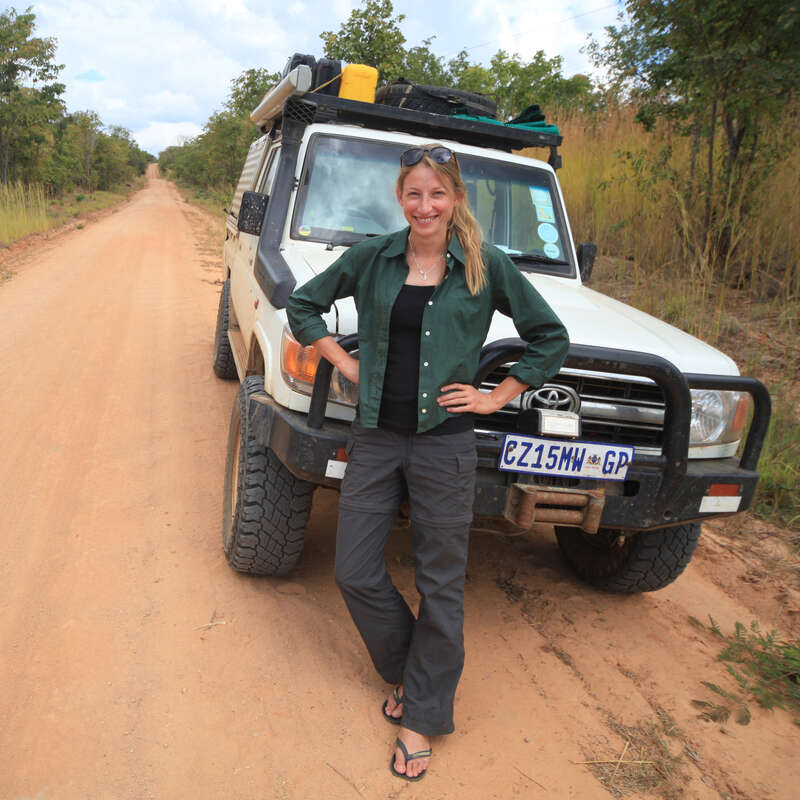About Escarpment Luxury Lodge
With 16 spacious chalets, Escarpment Luxury Lodge is a stylish lodge offering stunning views of Tanzania’s ...
... Lake Manyara National Park and warm African hospitality
Although we were unable to stay at Escarpment Luxury Lodge when we were last in the area (they were fully booked), we really liked the feel of this contemporary lodge. The pool and decking area offer stunning views out over the national park and staff are efficient and courteous.
Our view
Although we were unable to stay at Escarpment Luxury Lodge when we were last in the area (they were fully booked), we really liked the feel of this contemporary lodge. The pool and decking area offer stunning views out over the national park and staff are efficient and courteous.
Accommodation
16 chalets
Children
Best for 10+
Open
All year
Activities

4WD Safari

Birdwatching

Cultural excursion

Mountain biking

Night drive

Private activities
Traveller reviews of Escarpment Luxury Lodge
3 real, un-edited reviews from Expert Africa's travellers.
Arrived 20 Jul 2023, 1 nights
"Escarpment Luxury Lodge review"
Overall rating: Excellent
Arrived 11 Dec 2022, 1 nights
"Escarpment Luxury Lodge - Beautiful Views"
Overall rating: Excellent
Arrived 1 Mar 2019, 1 nights
"Escarpment Luxury Lodge review"
Overall rating: Good
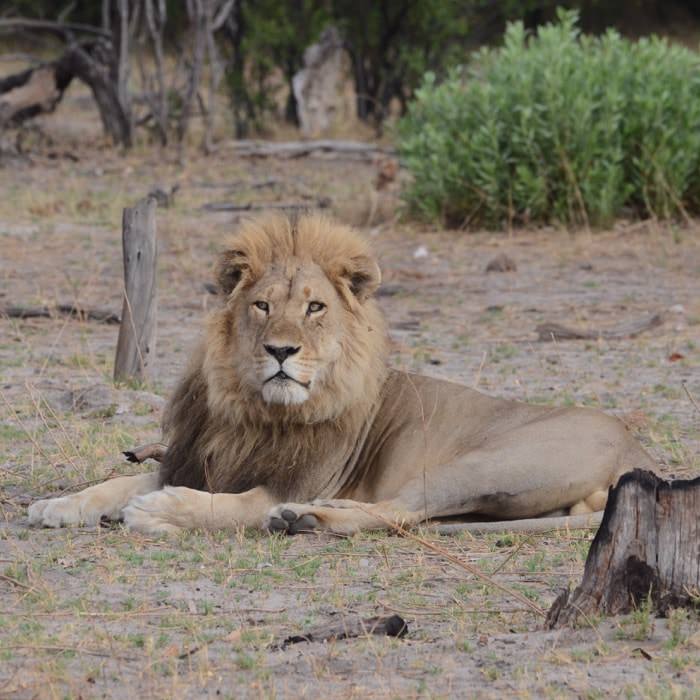
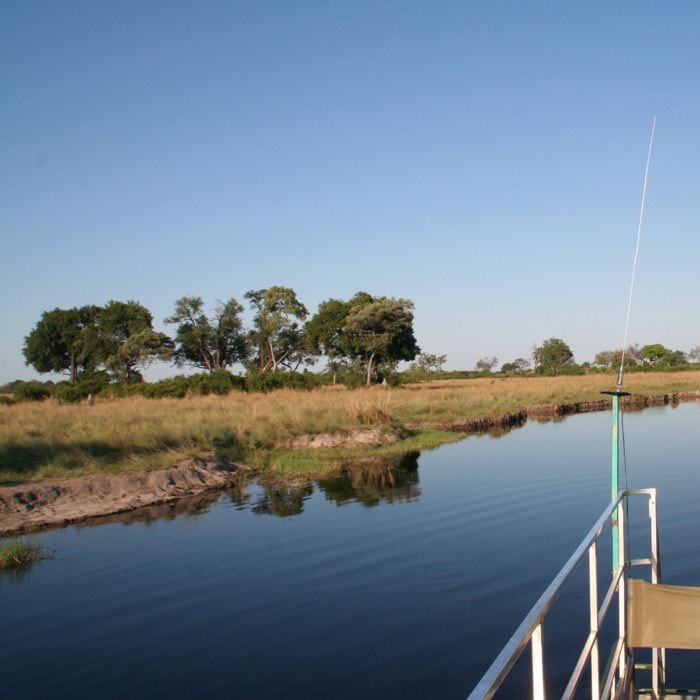
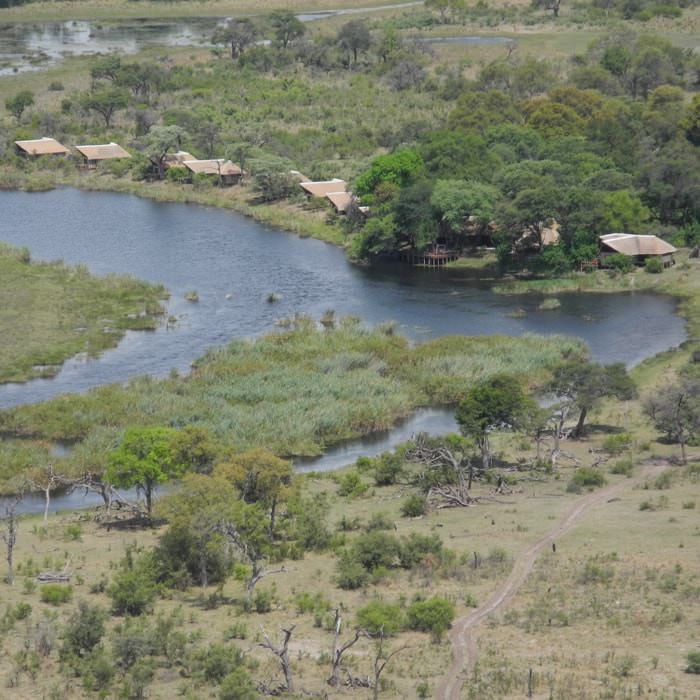
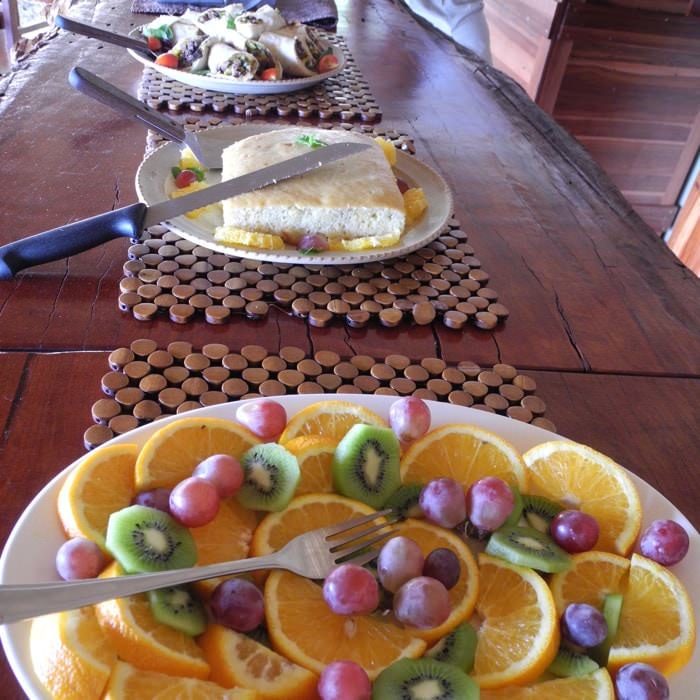
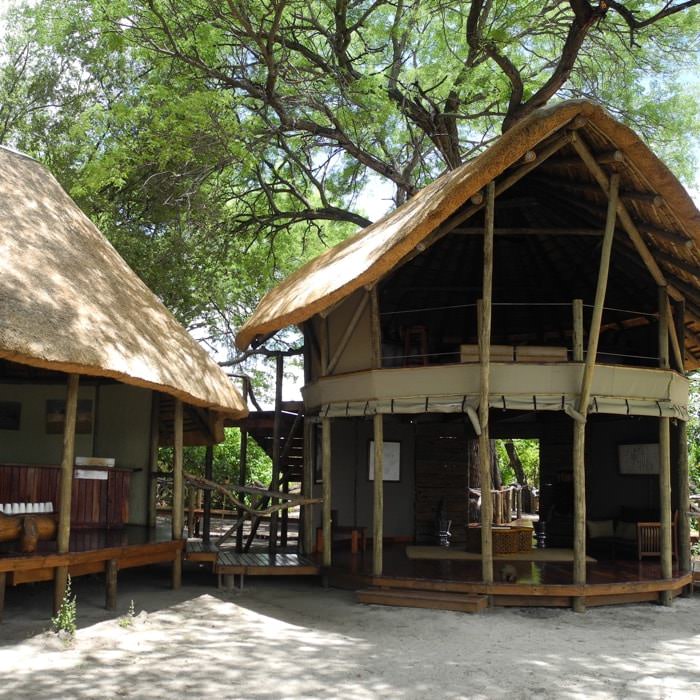
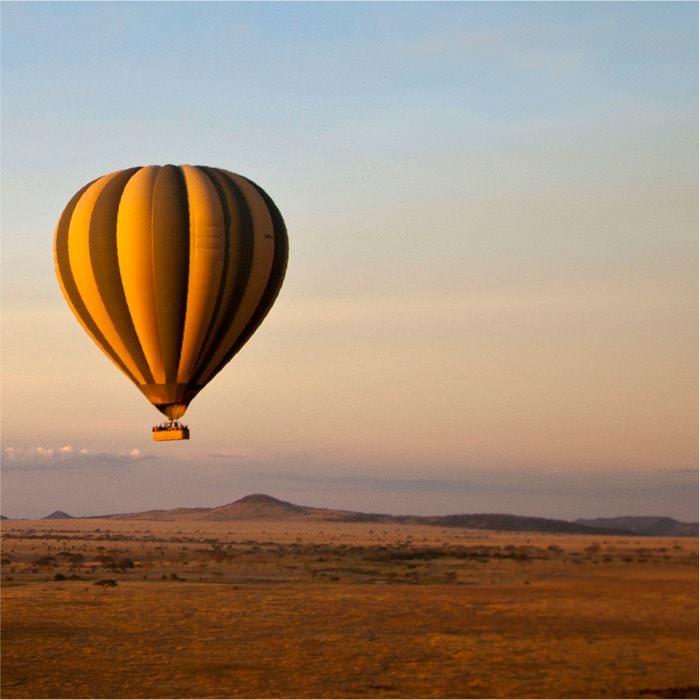
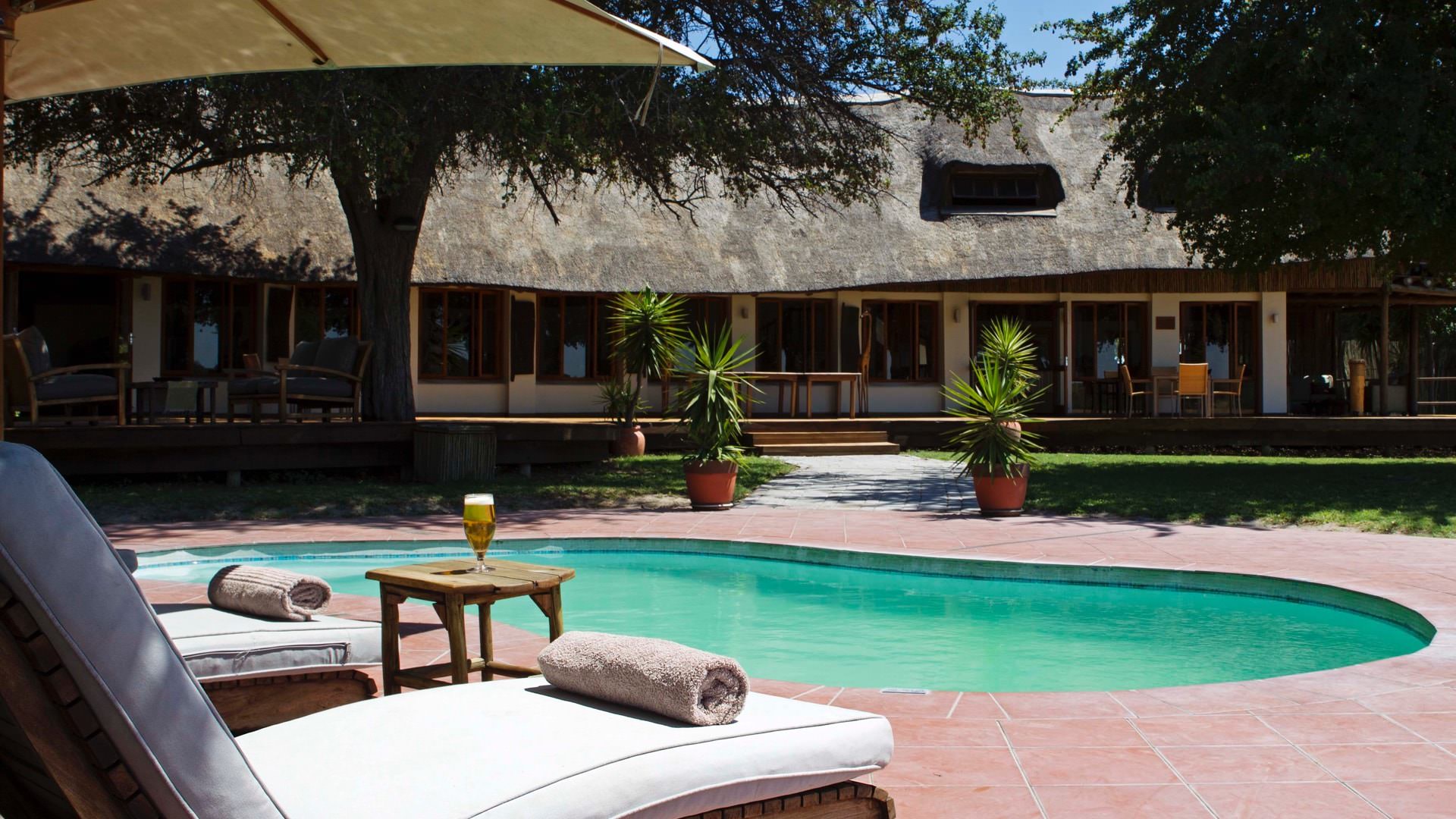
Expert Africa's gallery
When we travel we take lots of photos ourselves to give you a real and un-edited view of the safaris. See our 5 pictures of Escarpment Lux Lodge to get the candid view.
View galleryEscarpment Luxury Lodge: Our full report
With 16 spacious chalets, Escarpment Luxury Lodge is a stylish lodge offering stunning views of Tanzania’s ...
... Lake Manyara National Park and warm African hospitality
Escarpment Luxury Lodge opened in 2011 and has received lots of praise from travellers since then. We were certainly very impressed when we last visited in early 2018. The friendly and efficient staff appear to go out of their way to ensure you have an enjoyable stay. We really like the lodge’s contemporary décor, which combines with traditional woodcarvings and artwork to create a “modern African” style.
The 16 red stone chalets are all spacious, light and airy. The bedrooms measure around 6x8m2 and natural light floods though big French windows. Each room has a king-size bed – or two singles if requested – with walk-in mosquito netting.
The chalets are furnished in neutral colours, with cream bedding, and grey and duck egg blue cushions and drapes. This is complemented by polished wooden flooring, intricate modern metal lampshades, wooden carvings, African masks and other curios placed around the room.
There is a large storage shelf with wicker baskets and plenty of hanging space. You’ll also find a leather chest at the foot of the bed, a dark brown leather sofa in one corner of the room and a small writing desk in the other.
The en-suite bathroom, which can be separated from the main bedroom with a curtain, is equally large and bright, with two basins, a flush toilet, an impressive free-standing bathtub, and an indoor and outdoor shower. Fluffy bathrobes, slippers, a hairdryer and high-quality toiletries are all provided.
Rooms have charging points, fans and air conditioning, and each has a private deck where you can relax and soak up the views, while enjoying a morning coffee or a sundowner.
The large thatched lounge area also mixes contemporary and traditional design. You will find clusters of leather sofas around a central seating area, scattered with cushions. Dark wooden beams contrast with modern metal light fittings, local artwork adorns the walls and African artifacts are dotted around.
There is a small room with a computer and satellite TV for guests to use, as well as smaller private lounge rooms, with chaise longues, which can be separated with curtains. The bar is located off the lounge area, as well as small gift shop selling local handicrafts.
The dining area is simply decorated in comparison with the rest of the lodge, with wooden furniture and dark red drapes. Guests tend to dine at individual tables.
The swimming pool is a lovely spot to relax and take in the impressive view of Lake Manyara. It is surrounded by sunloungers and parasols on a decking area, with a small thatched bar and a little separate pool, which is ideal for children.
Whilst staying at Escarpment Luxury Lodge, you will have your own butler assigned to your chalet, who will ensure you have an enjoyable stay.
Activities
4WD Safari
Birdwatching
Cultural excursion
Mountain biking
Night drive
Private activities
Families & children
- Attitude towards children
- The lodge welcomes children of all ages.
- Property’s age restrictions
- No minimum age restrictions
- Special activities & services
- Babysitting services can be arranged. Please note that staff may not be professionally qualified in childcare.
- Equipment
- Cots can be provided on request.
- Generally recommended for children
- Although the lodge does welcome children of all ages, when we visited the lodge we felt that it had a very adult atmosphere, and some families with small children may not feel comfortable here. That being said, there is a swimming pool, and we are sure that staff will do their upmost to ensure children have an enjoyable stay.
- Notes
- Please note that children should be supervised at all times. The swimming pool is unfenced and there is no lifeguard.
Food & drink
- Usual board basis
- Full Board
- Food quality
- The food here is reportedly very good, although unfortunately we did not have time to sample this when we last visited.
Breakfast is typically served from around 6.30am and is a buffet of cereals, breads and fruits, with hot items cooked to order.
If you are out for the day, the lodge will provide a picnic lunch to take with you. If you are in the lodge over lunchtime you will dine from a daily changing set menu.
Dinner is a daily changing set menu and is served from 7.30pm. Food is varied, plentiful and locally grown. The lodge can easily cater for vegetarians and other dietary requests with advance notice. - Dining style
- Individual Tables
- Dining locations
- Indoor Dining
- Further dining info, including room service
- Room service can be arranged at no extra charge, as can flexible dining locations throughout the lodge, should guests want to arrange private dinners.
- Drinks included
- If you are staying on an inclusive package all drinks are included except premium wines and spirits. If you are staying on an exclusive package, drinks are not included and you can expect to pay around $5 for a beer, $40 for a bottle of wine and $2 for a soda.
Our travellers’ wildlife sightings from Escarpment Lux Lodge
Since mid-2018, many of our travellers who stayed at Escarpment Luxury Lodge have kindly recorded their wildlife sightings and shared them with us. The results are below. Click an animal to see more, and here to see more on our methodology.

50% success

50% success

50% success

50% success

0% success

0% success

0% success

0% success

0% success

0% success

0% success

0% success

0% success

0% success

0% success
Getting there
- Location
- Lake Manyara National Park, Tanzania
- Ideal length of stay
- Three nights
- Directions
- Most guests will arrive at Escarpment lodge with their own private driver and guide.
- Accessible by
- Fly-and-Transfer
Communications
- Power supply notes
- Connected to national grid with a back up generator. The chalets have 24-hour electricity and charging points.
- Communications
- There is a good cellphone signal around the lodge, WiFi in the main areas and a computer for guest use in the reception area. The management told us there are plans to install WiFi in the rooms. There are walkie-talkies in the rooms for contacting reception and security.
- TV & radio
- There is a satellite TV in the main area.
- Water supply
- Borehole
- Water supply notes
- Showers plumbed in with constant hot and cold water and flush toilets.
Health & safety
- Malarial protection recommended
- Yes
- Medical care
- There is a first-aid kit on site and some members of staff are first-aid trained. There is a small basic clinic in nearby village Mto wa Mbo. For more serious cases, the nearest hospital is in Karatu, about an hour and half away.
- Dangerous animals
- High Risk
- Security measures
- Security guards patrol the property 24 hours a day, and there is CCTV in all areas.
- Fire safety
- There are fire extinguishers in all the rooms and common areas.
Useful info
- Disabled access
- On Request
- Laundry facilities
- There is a 24-hour laundry service costing between $1-$5 per garment
- Money
- Each room has an electronic safe.
The lodge is able to offer a basic currency exchange, although the rates are fairly fixed. - Accepted payment on location
- All major currencies are accepted – US dollars, Tanzanian shillings, euros and GB pounds. Payments can also be made on Visa and Mastercard with no surcharge. American Express is not accepted.
Plan and book your trip with Expert Africa
All of our trips are tailor-made, so we'll always adapt them to suit you. Talk to an Expert and let us plan and arrange your perfect trip.

Talk to an Expert
Call or email us now! We’ll match you with the Specialist in our team who is best suited to help you. Then together we can start planning your trip.

Set up your itinerary
Based on our experience and your ideas, your specialist will create a detailed, costed itinerary. We’ll refine it together, until we have a trip that you’re perfectly happy with.

Prepare for your trip
The same Specialist will make the seamless arrangements for your trip, send you detailed travel documents, and be available to answer any questions before you depart.

Travel with peace of mind
After you set off, you’ll be cared for by our partners in Africa, most of whom have worked with Expert Africa for decades. And if you ever need us urgently, we’re available 24/7.

When you return
We love to learn about your trip, and so will always be grateful if you’ve the time to give feedback to your Specialist when you return.
Escarpment Luxury Lodge's location
Look closer at the environment and surroundings of Escarpment Lux Lodge.
Excursions from Escarpment Lux Lodge
Optional extra day-trips and excursions possible whilst you're staying at Escarpment Lux Lodge. Talk to us: these are usually best arranged before you go.
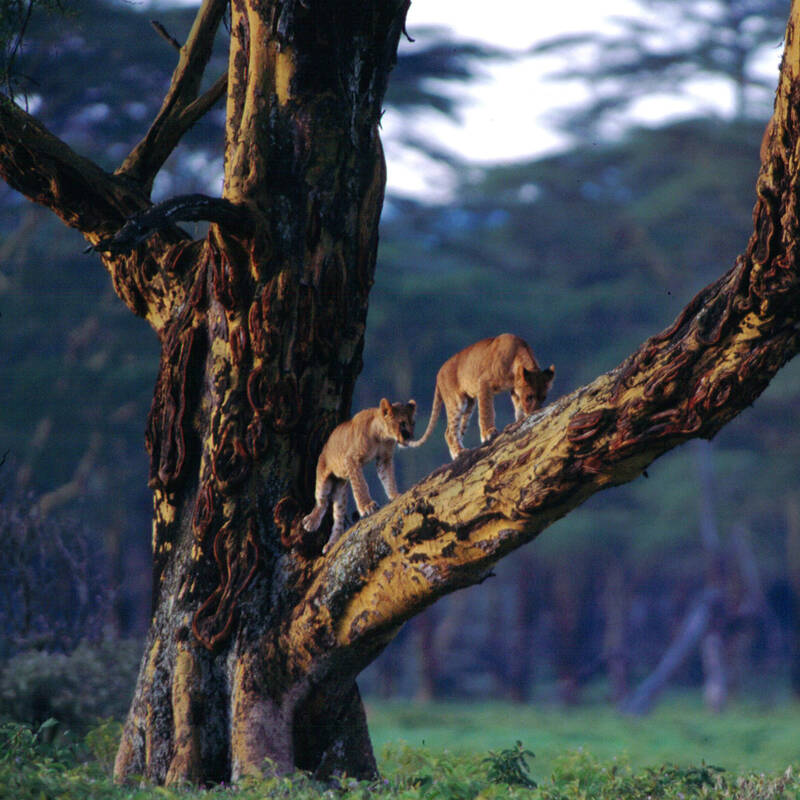
Lake Manyara Safari
Half-day or full-day
Set against the spectacular backdrop of the Rift Valley escarpment, Lake Manyara National Park makes a great safari destination. Here, along with elephant herds and plains game, you’ll find jungle-like forests that are home to blue monkeys, a soda lake tinged pink by flamingos and some of Tanzania’s best birding.
More about Lake Manyara Safari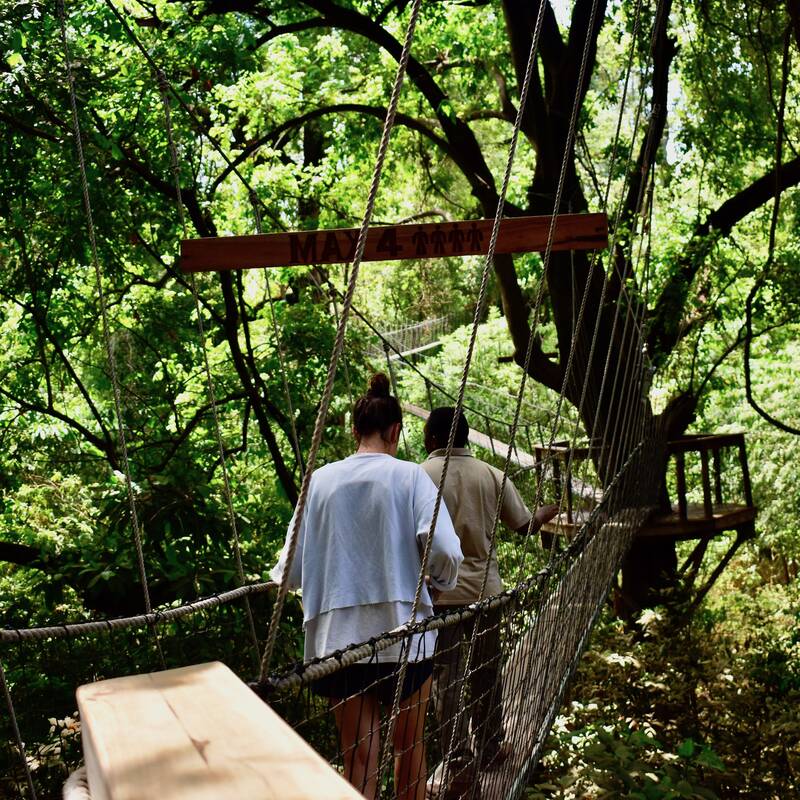
Lake Manyara Treetop Walkway
Usually one hour
Experience the forest of Lake Manyara National Park from a whole new perspective – high up in the trees. The first suspended walkway in Tanzania, it stretches underneath the canopy for 370m between the mahogany and fig trees, giving intrepid visitors a unique view of the surrounding flora and fauna.
More about Manyara Treetop Walk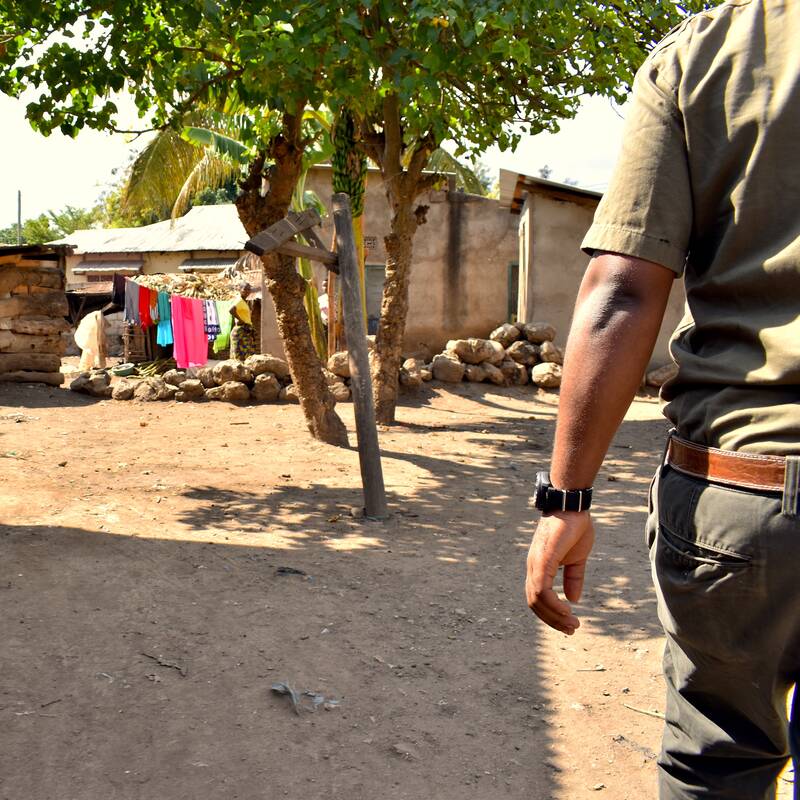
Mto Wa Mbu Village Walk
Two to three hours
Discover the nuances of day-to-day life in the large Tanzanian village of Mto Wa Mbu with a knowledgeable local guide. This is not a village set up for tourists – Mto Wa Mbu is a real community and offers a chance to see a side of Tanzania that many visitors pass by.
More about Village WalkOther lodges in Lake Manyara National Park
Alternative places to stay in this same area.
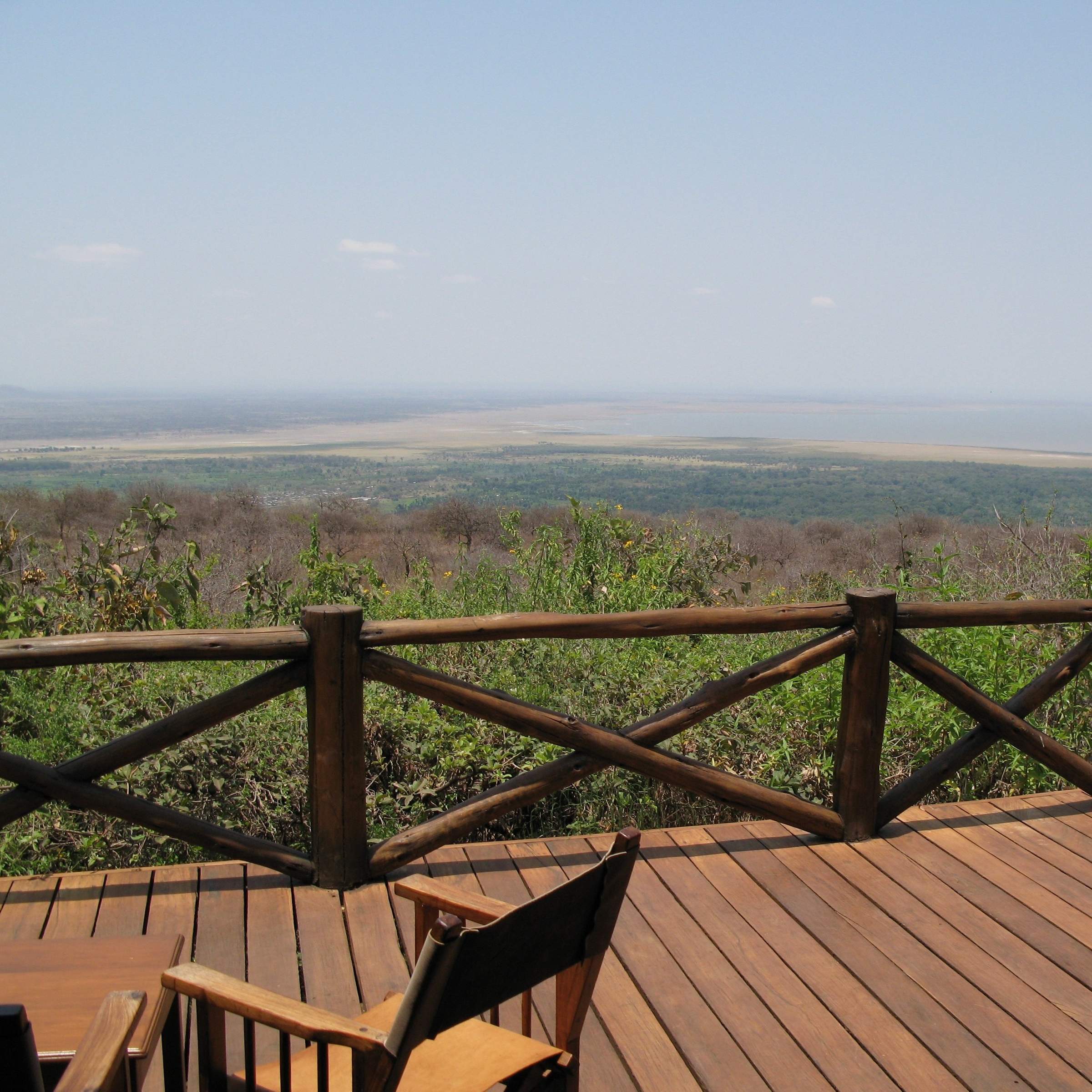
Kirurumu Manyara
With spectacular views over Lake Manyara, Kirurumu is one of the simplest camps we offer in northern Tanzania.
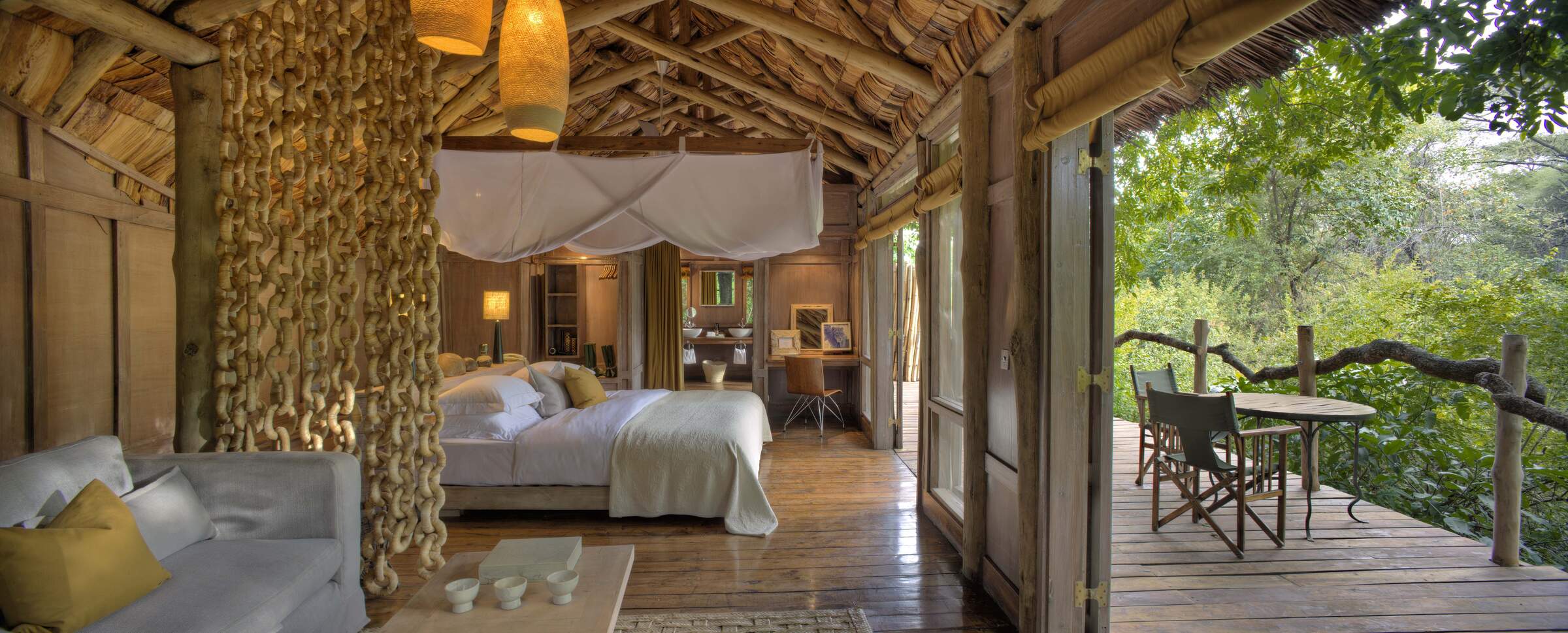
Lake Manyara Tree Lodge
Comfortable, stylish and remote, Lake Manyara Tree Lodge is one of only two places to stay inside the park, and offers excellent guiding and service.
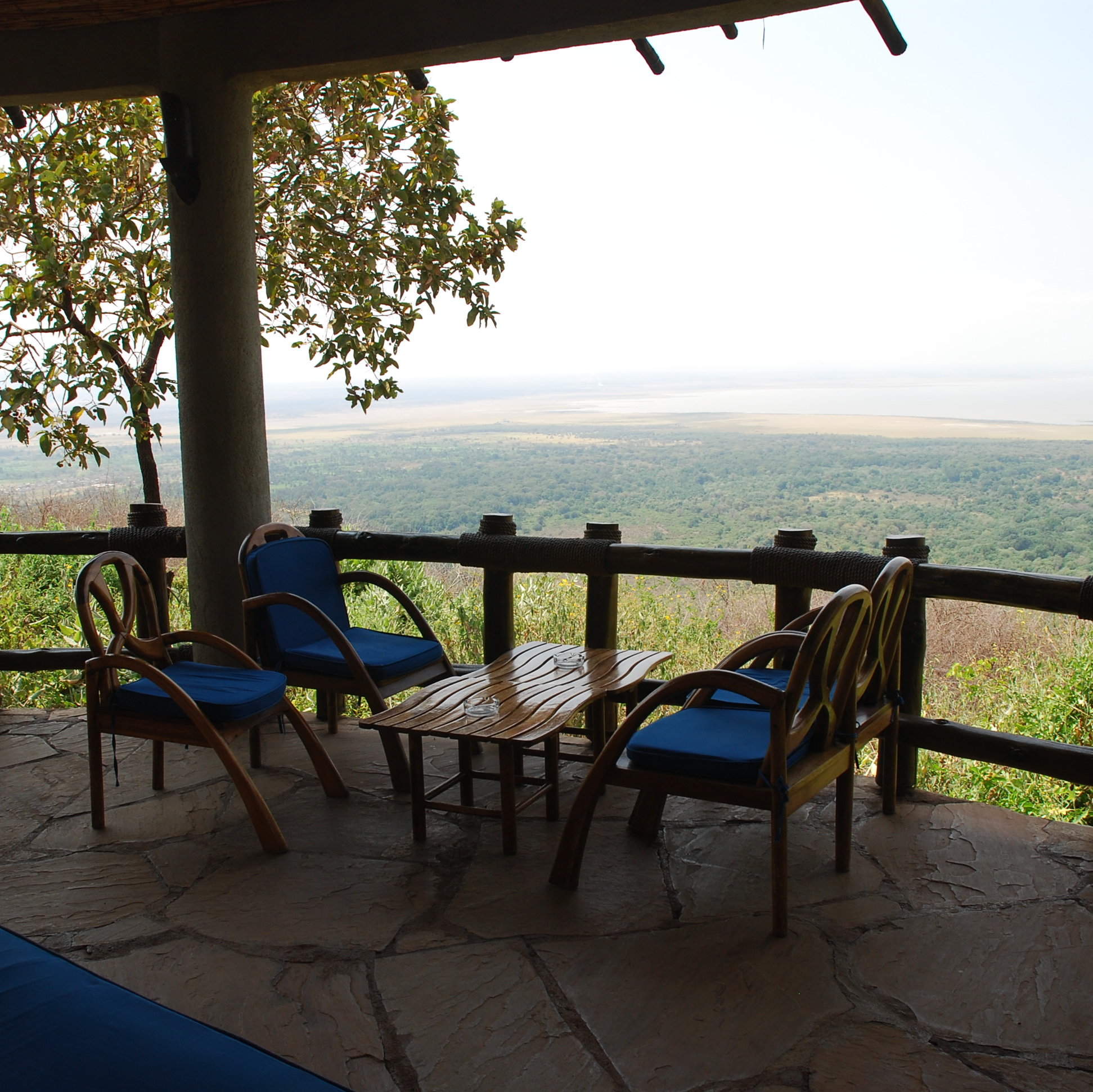
Lake Manyara Serena
Lake Manyara Serena is a large, reasonably priced hotel perched on the lip of the Great Rift Valley with spectacular views of Lake Manyara.
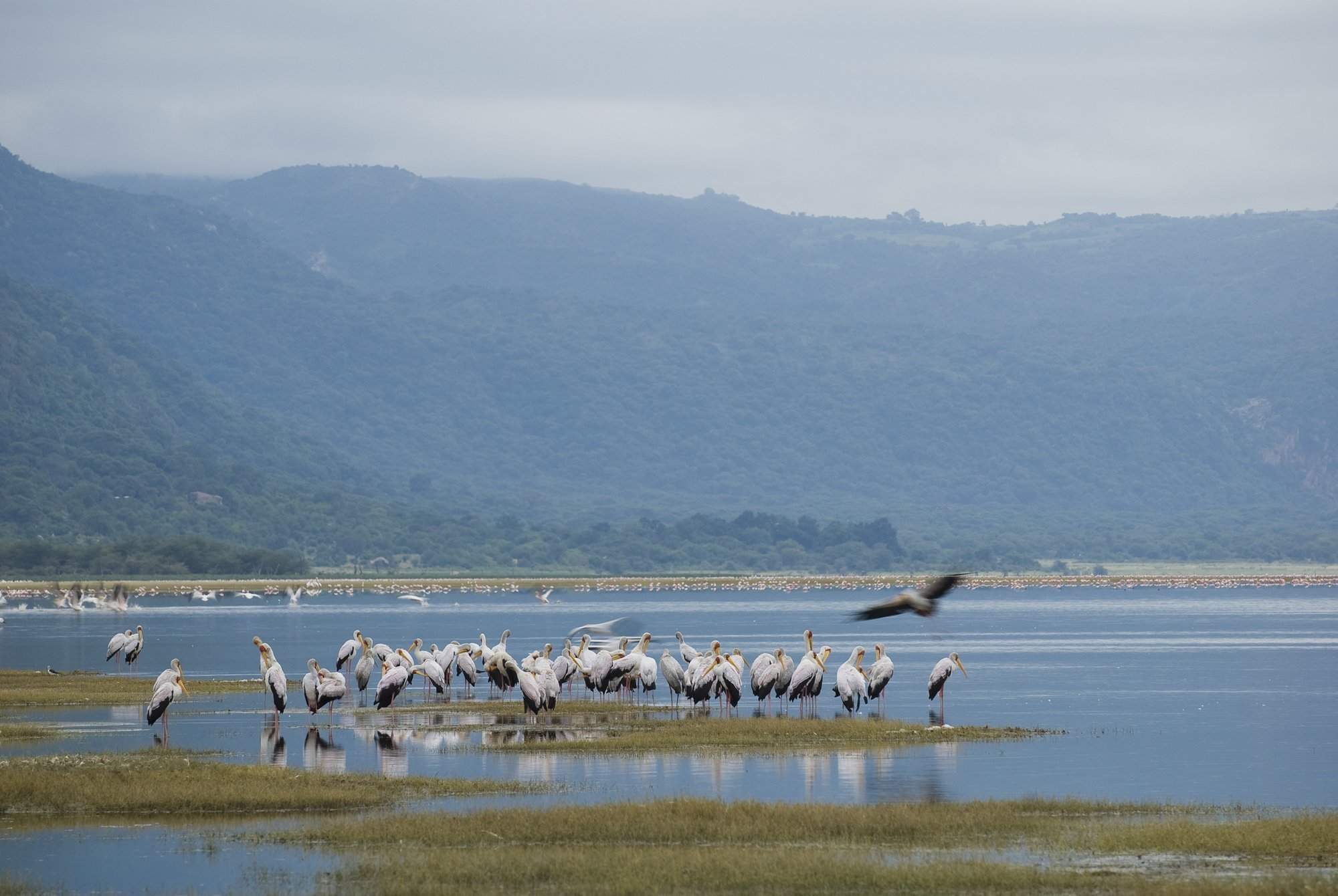
Manyara Green Camp
With comfortable tents and an adventurous atmosphere, Lake Manyara Green Camp is one of two camps located inside the park.
When to go to Lake Manyara National Park
Our month by month guide: What it's like to visit Escarpment Lux Lodge in Lake Manyara National Park
Jan
Feb
Mar
Apr
May
Jun
Jul
Aug
Sep
Oct
Nov
Dec
Lake Manyara National Park in January
Lake Manyara National Park enters its short dry season in January. The tree-climbing lions, a unique attraction, are more easily spotted as vegetation thins. The groundwater forest remains lush, hosting baboon troops and blue monkeys. Birdlife is particularly interesting as resident species enter breeding plumage and migrants arrive. The alkaline lake attracts flamingos and other water birds.
Game viewing improves as animals concentrate around water sources. Night game drives reveal nocturnal animals like hippos at the Simba River pool. The Treetop Canopy Walk offers excellent birdwatching opportunities. While the southern areas of the park may still be wet, the northern sections provide better wildlife viewing. January offers great value for visitors, with quieter park conditions.
- Migratory birds present in large numbers
- Fewer visitors, more peaceful experience
- Possible to see newborn animals
Our view
A good time to visit, with pros & cons
Weather in January
Lake Manyara National Park in February
February in Lake Manyara National Park sees rising temperatures, reaching around 33°C/91°F. The short dry season continues, making it an excellent time for wildlife viewing. The park's famous tree-climbing lions are more visible as they seek refuge from insects and heat in the trees. Elephant herds are frequently spotted in the savannah plains and forested areas. Game drives are highly productive, with increased chances of spotting diverse wildlife including buffaloes, wildebeests, and various antelope species.
Birdlife is particularly rewarding, with both resident and migratory species present. The alkaline lake attracts large flocks of flamingos, creating a spectacular sight.
- Excellent for bird watching, many species active
- Flamingos often visible on Lake Manyara
- Wildlife more dispersed due to water abundance
- Lower rates at lodges and camps
Our view
A very good time to visit
Weather in February
Lake Manyara National Park in March
March marks the beginning of the long rainy season in Lake Manyara National Park. The landscape transforms as vegetation becomes lush and green. While this can make wildlife viewing more challenging, it creates beautiful scenery. The groundwater forest is particularly vibrant during this time. The park's famous tree-climbing lions may be harder to spot but are still present. Elephant herds can be seen enjoying the abundant vegetation.
Migratory birds are still present, making it an excellent time for birdwatching enthusiasts. The alkaline lake's water levels start to rise, changing the dynamics of the shoreline.
Some camps may begin to close, but many larger lodges remain open.
- Rainfall increases, vegetation still lush
- Migratory birds prepare to depart
- Good time for photography with clear skies
Our view
A good time to visit, with pros & cons
Weather in March
Lake Manyara National Park in April
April is the wettest month in Lake Manyara National Park, with an average rainfall of 250mm. The park's ecosystem is in full bloom, with lush vegetation and flowing streams. While big game viewing becomes more challenging due to dense foliage, this is an excellent time for botanists and bird enthusiasts. The groundwater forest is teeming with life, and the Treetop Canopy Walk offers unique views of the verdant canopy. The famous tree-climbing lions may seek shelter from the rain, making sightings less frequent. Despite the rain, dedicated wildlife enthusiasts can still enjoy rewarding experiences, especially in observing smaller creatures and lush plant life.
Migratory birds are still present, adding to the park's rich avian diversity. The alkaline lake reaches its highest levels, altering the landscape dramatically.
- Landscape beautiful with wildflowers blooming
- Big game viewing more challenging
- Birdwatching still excellent
Our view
This is not a great time to visit
Weather in April
Lake Manyara National Park in May
May in Lake Manyara National Park typically sees the rains continue. The landscape remains lush and green, offering beautiful scenery. Wildlife viewing starts to improve as animals begin to congregate around water sources as the rain decreases. The groundwater forest is particularly vibrant, hosting diverse primate species including baboons and blue monkeys. The famous tree-climbing lions become more active as the rains decrease. Elephant herds are frequently spotted enjoying the abundant vegetation. As the month progresses, game drives become increasingly rewarding with improved wildlife sightings.
Birdlife remains excellent, with both resident and some lingering migratory species present. The alkaline lake's water levels remain high, attracting various water birds. The Treetop Canopy Walk offers excellent opportunities for observing the forest ecosystem.
- Improving visibility for spotting wildlife
- Elephants more easily seen in open areas
- Water birds attracted by the high levels of the alkaline lake
Our view
This is not a great time to visit
Weather in May
Lake Manyara National Park in June
June marks the beginning of the dry season in Lake Manyara National Park. Wildlife viewing improves significantly as animals start concentrating around permanent water sources. The famous tree-climbing lions become more visible as they seek elevated spots to catch breezes and avoid insects. Large elephant herds are frequently spotted in the savannah plains and near the lake. Game drives become highly productive, offering opportunities to see diverse wildlife including buffaloes, wildebeests, and various antelope species.
Birdlife remains excellent, with many species easily observable. The alkaline lake begins to recede, concentrating flamingos and other water birds. The Treetop Canopy Walk provides unique perspectives of the forest and its inhabitants. Night game drives reveal nocturnal animals and offer a different park experience.
- Dry season starts, vegetation thinning out
- Tree-climbing lions more visible on branches
- Large herds gather at remaining water sources
- Clear skies perfect for landscape photography
- Comfortable temperatures, low humidity
Our view
A good time to visit, with pros & cons
Weather in June
Lake Manyara National Park in July
July is an excellent month for visiting Lake Manyara National Park. The dry season is in full swing, resulting in excellent wildlife viewing conditions. The park's famous tree-climbing lions are often spotted in acacia trees, providing unique photo opportunities. Large herds of elephants frequent the shrinking water sources, offering impressive sightings. Game drives are rewarding, with increased chances of spotting diverse wildlife in the open plains and around water bodies.
The alkaline lake continues to recede, concentrating flamingos and other water birds in spectacular numbers. Birdlife remains rich, with many species easily observable.
- Prime time for game viewing and safaris
- High chance of seeing the Big Five
- Busy season with more visitors in the park
- Spectacular sunsets over Lake Manyara
- Hippos concentrate in shrinking water bodies
Our view
Fantastic: the very best time to visit
Weather in July
Lake Manyara National Park in August
August in Lake Manyara National Park offers superb wildlife viewing opportunities. The dry season peaks, concentrating animals around remaining water sources. The famous tree-climbing lions are frequently spotted, often seeking refuge from the heat in acacia trees. Large elephant herds are easily observed in the savannah plains and near the shrinking lake. Game drives are highly productive, offering excellent chances to spot diverse wildlife including buffaloes, wildebeests, and various antelope species.
The receding alkaline lake creates a spectacular sight with thousands of flamingos and other water birds. Birdlife remains rich, with many species easily observable. The clear skies and dry conditions make this an ideal time for photography.
- Excellent month for wildlife photography
- Tree-climbing lions frequently spotted
- Large elephant herds near remaining water
- Peak dry season, excellent wildlife viewing
Our view
Fantastic: the very best time to visit
Weather in August
Lake Manyara National Park in September
September is an excellent month to visit Lake Manyara National Park. The dry season continues, providing optimal conditions for wildlife viewing. The famous tree-climbing lions are often spotted seeking refuge from the heat in acacia trees. Large elephant herds congregate around the shrinking water sources, offering impressive sightings. Game drives are highly rewarding, with increased chances of spotting diverse wildlife in the open plains and around water bodies.
The receding alkaline lake concentrates flamingos and other water birds, creating spectacular scenes. Birdlife remains rich, with many species easily observable. The clear skies and dry conditions continue to favour photography.
- Wildlife concentrated around water sources
- Predator sightings increase near prey
- Birdlife abundant at hippo pool area
- Pleasant temperatures for outdoor activities
- Great month for night game drives
Our view
Fantastic: the very best time to visit
Weather in September
Lake Manyara National Park in October
October marks the end of the dry season in Lake Manyara National Park, offering excellent wildlife viewing opportunities. The famous tree-climbing lions are frequently spotted as they seek elevated positions to catch breezes. Large elephant herds are easily observed around the remaining water sources. Game drives are highly productive, with diverse wildlife congregating in open areas.
The alkaline lake reaches its lowest levels, concentrating flamingos and other water birds in impressive numbers. Birdlife remains rich, with many species easily observable. As the month progresses, there's a possibility of short rains, which can bring welcome relief to the parched landscape and animals.
- Last month of peak dry season
- Fantastic wildlife viewing opportunities
- Vegetation sparse, easier to spot animals
- Migratory birds begin to return to the park
- Ideal for combining game drives and walks
Our view
A very good time to visit
Weather in October
Lake Manyara National Park in November
November sees the start of the short rainy season in Lake Manyara National Park. The landscape begins to transform as vegetation turns green. Wildlife viewing remains good, although animals start to disperse as water becomes more widely available. The famous tree-climbing lions may be spotted less frequently as they have less need to seek elevated positions. Elephant herds begin to move away from permanent water sources. Game drives can still be rewarding, especially early in the month.
Birdlife becomes particularly interesting as migratory species arrive from Europe and North Africa. The alkaline lake's water levels start to rise, changing the dynamics for water birds. The Treetop Canopy Walk offers unique perspectives of the rejuvenating forest. The Maji Moto hot springs provide a warm retreat on cooler, rainy days.
- Short rains begin, landscape starts to green
- Wildlife still easily visible near water
- Migratory birds arrive in large numbers
- Newborn animals may be seen in the park
- Lower visitor numbers, more exclusive feel
Our view
A good time to visit, with pros & cons
Weather in November
Lake Manyara National Park in December
December in Lake Manyara National Park sees the continuation of the short rainy season. The landscape is lush and green, offering beautiful scenery. Wildlife viewing can be challenging as animals disperse due to widely available water, but patient observers can still have rewarding experiences. The famous tree-climbing lions may be harder to spot but are still present. Elephant herds enjoy the abundant vegetation across the park. Despite occasional rain showers, game drives can still be productive.
Birdlife is excellent, with both resident and migratory species present in large numbers. The alkaline lake's rising water levels attract diverse water birds. The Treetop Canopy Walk provides unique views of the vibrant forest canopy. December can offer great value for visitors outside the peak holiday period.
- Abundant birdlife, including flamingos on lake
- Wildlife more dispersed but still viewable
- Possible thunder showers in afternoons
Our view
A good time to visit, with pros & cons
Weather in December

Looking for inspiration on where to travel next?
Visit our trip chooser to explore your options and find inspiration for your perfect African adventure
Inspire me